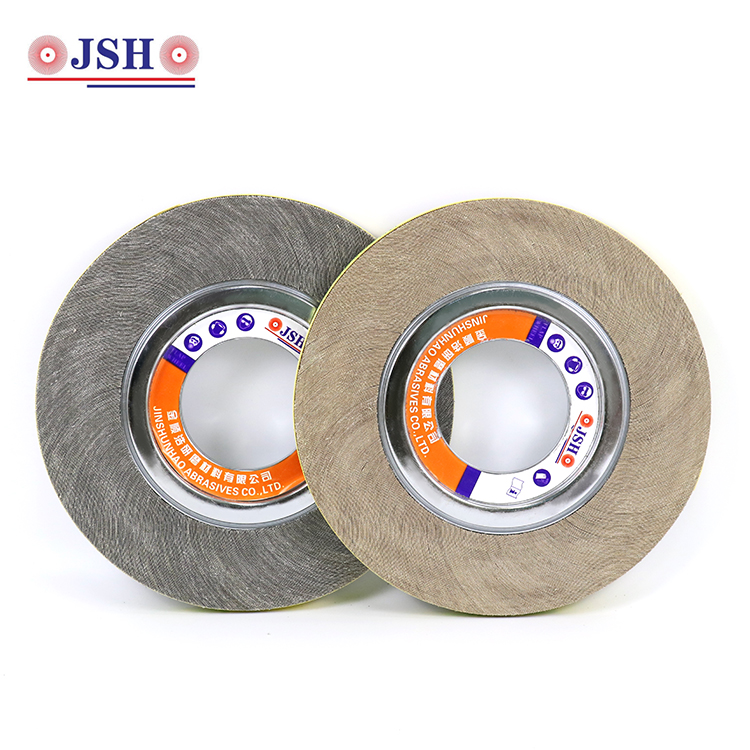The lifespan of flap wheels can vary depending on several factors such as the material being worked on, the intensity of usage, and the quality of the flap wheel itself. However, there are some general guidelines to consider when determining when to replace a flap wheel.
The most common reason for replacing a flap wheel is when it becomes worn down or damaged. Over time, the abrasive flaps on the wheel wear down due to usage, which reduces their effectiveness in cutting and finishing. If you notice that the flaps have become significantly worn or if they are torn or frayed, it is time to replace the flap wheel.
As flap wheels wear down, their performance may diminish. You may notice a decrease in cutting efficiency or the ability to achieve a smooth finish. If you find that the flap wheel is no longer delivering the desired results even after proper cleaning and maintenance, it is a good indication that it needs to be replaced.
Flap wheels can become clogged with debris, especially when working with materials that produce a lot of dust or chips. Excessive clogging can lead to overheating, reduced cutting power, and a shorter lifespan for the flap wheel. If you find that the flap wheel consistently clogs quickly or overheats during use, it may be time to replace it.
Damaged or worn-out flap wheels pose safety risks during operation. If the flaps are torn or broken, they can detach during use and cause injury. Additionally, a worn-out flap wheel may not provide adequate control and stability, increasing the chances of accidents. To ensure safe operation, replace the flap wheel if there are any visible signs of damage or excessive wear.
By monitoring these factors and replacing flap wheels when necessary, you can ensure optimal performance and safety during surface preparation and finishing tasks.
It is important to note that the lifespan of a flap wheel can also be influenced by the operator's technique and the type of material being worked on. Harder materials may cause more wear and tear on the flaps compared to softer materials. Similarly, excessive pressure or improper usage can shorten the lifespan of the flap wheel.

To maximize the lifespan of flap wheels and ensure optimal performance, it is recommended to follow these guidelines:
● Clean the flap wheel regularly during use to remove debris and prevent excessive clogging.
● Use the appropriate flap wheel grit for the specific application to avoid unnecessary wear.
● Apply consistent pressure and maintain the recommended operating speed for the flap wheel.
● Store flap wheels in a dry and clean environment to prevent damage and maintain their integrity.
It is important to monitor the condition of the flap wheel during use and inspect it regularly for signs of wear, damage, or reduced performance.
Remember to follow the manufacturer's guidelines and recommendations for the specific flap wheel being used, as they may provide additional information on the expected lifespan and replacement intervals based on usage and material factors.
By replacing flap wheels at the appropriate time, you can maintain consistent and effective surface preparation and finishing results while ensuring safety during operation.